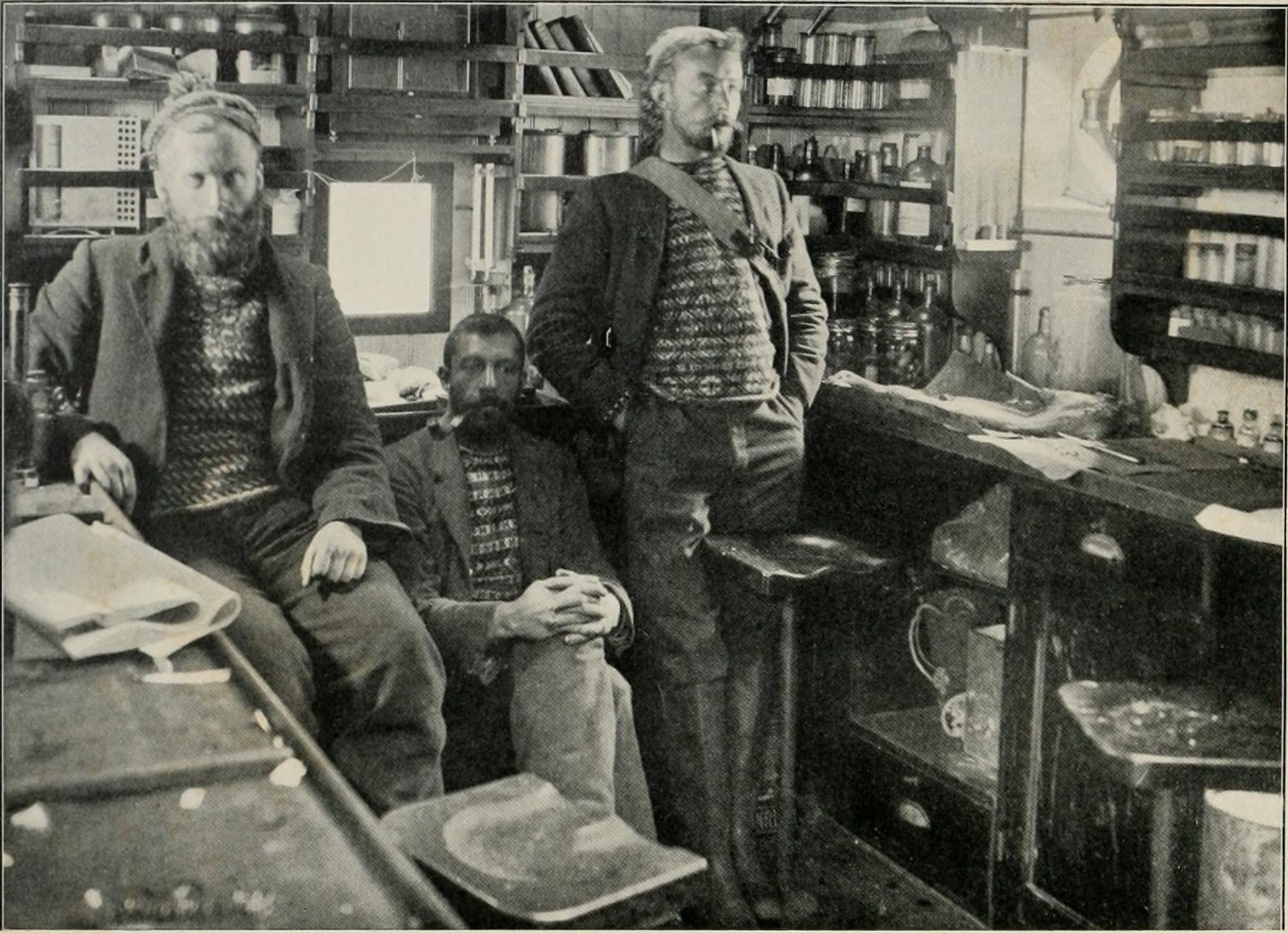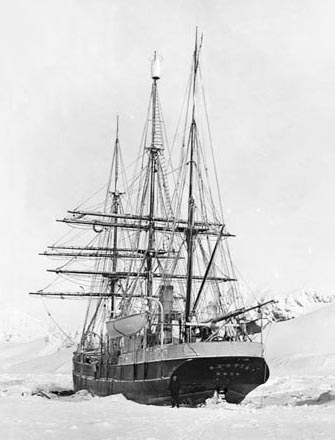|
Rudmose Brown Peak
Rudmose Brown Peak () is a peak 7 nautical miles (13 km) south of the coast and 8 nautical miles (15 km) southwest of Mount Hurley. It was discovered in January 1930 by the British Australian New Zealand Antarctic Research Expedition The British Australian (and) New Zealand Antarctic Research Expedition (BANZARE) was a research expedition into Antarctica between 1929 and 1931, involving two voyages over consecutive Austral summers. It was a British Commonwealth initiative, dr ... (BANZARE) of 1929-31 under Mawson, who named this feature for Dr. Robert Neal Rudmose-Brown, a naturalist of the Scottish National Antarctic Expedition of 1902–04, a member of the Scott Polar Research Committee of 1939–41, and author of numerous books and articles on Antarctica. Mountains of Enderby Land {{EnderbyLand-geo-stub ... [...More Info...] [...Related Items...] OR: [Wikipedia] [Google] [Baidu] |
Mount Hurley
Mount Hurley () is a snow-covered massif with steep bare slopes on the west side, standing south of Cape Ann and south of Mount Biscoe, Antarctica. It was discovered in January 1930 by the British Australian New Zealand Antarctic Research Expedition of 1929–31 under Mawson, who named it for Captain James Francis (Frank) Hurley, a photographer with the expedition. Hurley also served with the Australasian Antarctic Expedition under Mawson, 1911–14, and with the Imperial Trans-Antarctic Expedition under Ernest Shackleton Sir Ernest Henry Shackleton (15 February 1874 – 5 January 1922) was an Anglo-Irish Antarctic explorer who led three British expeditions to the Antarctic. He was one of the principal figures of the period known as the Heroic Age of ..., 1914–17. See also * Rudmose Brown Peak References Mountains of Enderby Land {{EnderbyLand-geo-stub ... [...More Info...] [...Related Items...] OR: [Wikipedia] [Google] [Baidu] |
British Australian New Zealand Antarctic Research Expedition
The British Australian (and) New Zealand Antarctic Research Expedition (BANZARE) was a research expedition into Antarctica between 1929 and 1931, involving two voyages over consecutive Austral summers. It was a British Commonwealth initiative, driven more by geopolitics than science, and funded by the United Kingdom, Australia and New Zealand. The leader of the BANZARE was Sir Douglas Mawson and there were several subcommanders (Captain K.N. MacKenzie, who replaced Captain John King Davis for the second summer) on board the RRS Discovery, the ship previously used by Robert Falcon Scott. The BANZARE, which also made several short flights in a small plane, mapped the coastline of Antarctica and discovered Mac. Robertson Land and Princess Elizabeth Land (which later was claimed as part of the Australian Antarctic Territory). The voyages primarily comprised an "acquisitive exploratory expedition", with Mawson making proclamations of British sovereignty over Antarctic lands at each o ... [...More Info...] [...Related Items...] OR: [Wikipedia] [Google] [Baidu] |
Mawson
Sir Douglas Mawson OBE FRS FAA (5 May 1882 – 14 October 1958) was an Australian geologist, Antarctic explorer, and academic. Along with Roald Amundsen, Robert Falcon Scott, and Sir Ernest Shackleton, he was a key expedition leader during the Heroic Age of Antarctic Exploration. Mawson was born in England and came to Australia as an infant. He completed degrees in mining engineering and geology at the University of Sydney. In 1905 he was made a lecturer in petrology and mineralogy at the University of Adelaide. Mawson's first experience in the Antarctic came as a member of Shackleton's ''Nimrod'' Expedition (1907–1909), alongside his mentor Edgeworth David. They were part of the expedition's northern party, which became the first to attain the South Magnetic Pole and to climb Mount Erebus. After his participation in Shackleton's expedition, Mawson became the principal instigator of the Australasian Antarctic Expedition (1911–1914). The expedition explored th ... [...More Info...] [...Related Items...] OR: [Wikipedia] [Google] [Baidu] |
Robert Neal Rudmose-Brown
Robert Neal Rudmose-Brown was an academic botanist and polar explorer. Early life Rudmose-Brown was born on 13 September 1879, the younger son of an Arctic enthusiast, and educated at Dulwich College. He studied Natural Sciences at the University of Aberdeen. In his first academic post, between 1900 and 1902, he assisted Professor Patrick Geddes with the teaching of botany at University College, Dundee, at that time part of the University of St Andrews. Antarctic exploration At Dundee he met William Speirs Bruce who invited him to join the Scottish National Antarctic Expedition where he catalogued the wildlife of the South Orkney Islands. The Rudmose Rocks, charted by the expedition in 1903, were named for Rudmose-Brown by Bruce. On returning home he became Bruce’s assistant at the Scottish Oceanographical Laboratory, a consultant to the Scottish Spitsbergen Syndicate and vice-president of the International Polar Congress. In 1907 he was appointed a lecturer in geography ... [...More Info...] [...Related Items...] OR: [Wikipedia] [Google] [Baidu] |
Scottish National Antarctic Expedition
The Scottish National Antarctic Expedition (SNAE), 1902–1904, was organised and led by William Speirs Bruce, a natural scientist and former medical student from the University of Edinburgh. Although overshadowed in terms of prestige by Robert Falcon Scott's concurrent Discovery Expedition, the SNAE completed a full programme of exploration and scientific work. Its achievements included the establishment of a staffed meteorological station, the first in Antarctic territory, and the discovery of new land to the east of the Weddell Sea. Its large collection of biological and geological specimens, together with those from Bruce's earlier travels, led to the establishment of the Scottish Oceanographical Laboratory in 1906. Bruce had spent most of the 1890s engaged on expeditions to the Antarctic and Arctic regions, and by 1899 was Britain's most experienced polar scientist. In March of that year, he applied to join the Discovery Expedition; however, his proposal to extend that e ... [...More Info...] [...Related Items...] OR: [Wikipedia] [Google] [Baidu] |
Scott Polar Research Committee
Scott may refer to: Places Canada * Scott, Quebec, municipality in the Nouvelle-Beauce regional municipality in Quebec * Scott, Saskatchewan, a town in the Rural Municipality of Tramping Lake No. 380 * Rural Municipality of Scott No. 98, Saskatchewan United States * Scott, Arkansas * Scott, Georgia * Scott, Indiana * Scott, Louisiana * Scott, Missouri * Scott, New York * Scott, Ohio * Scott, Wisconsin (other) (several places) * Fort Scott, Kansas * Great Scott Township, St. Louis County, Minnesota * Scott Air Force Base, Illinois * Scott City, Kansas * Scott City, Missouri * Scott County (other) (various states) * Scott Mountain, a mountain in Oregon * Scott River, in California * Scott Township (other) (several places) Elsewhere * 876 Scott, minor planet orbiting the Sun * Scott (crater), a lunar impact crater near the south pole of the Moon * Scott Conservation Park, a protected area in South Australia People * Scott (surname), ... [...More Info...] [...Related Items...] OR: [Wikipedia] [Google] [Baidu] |



